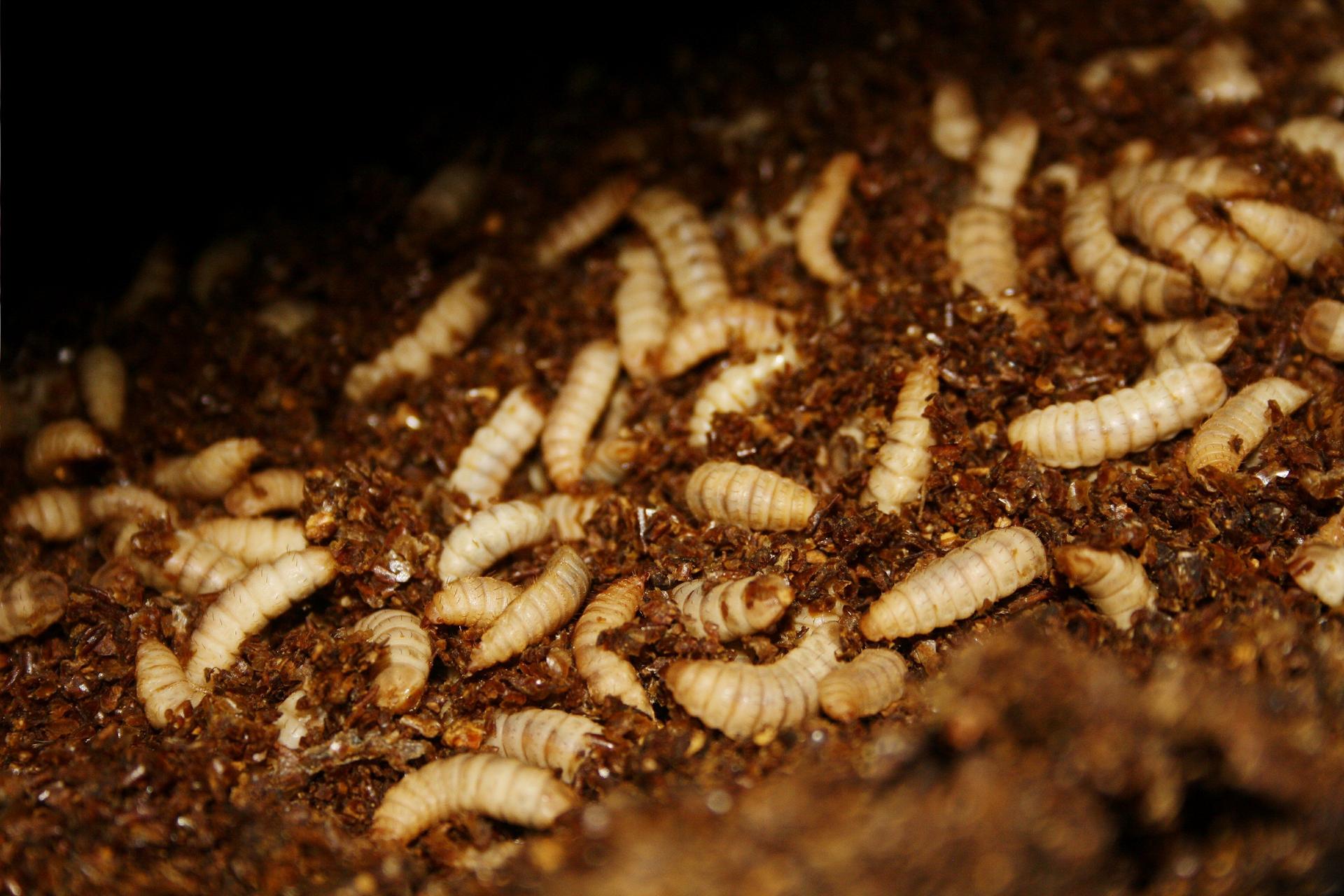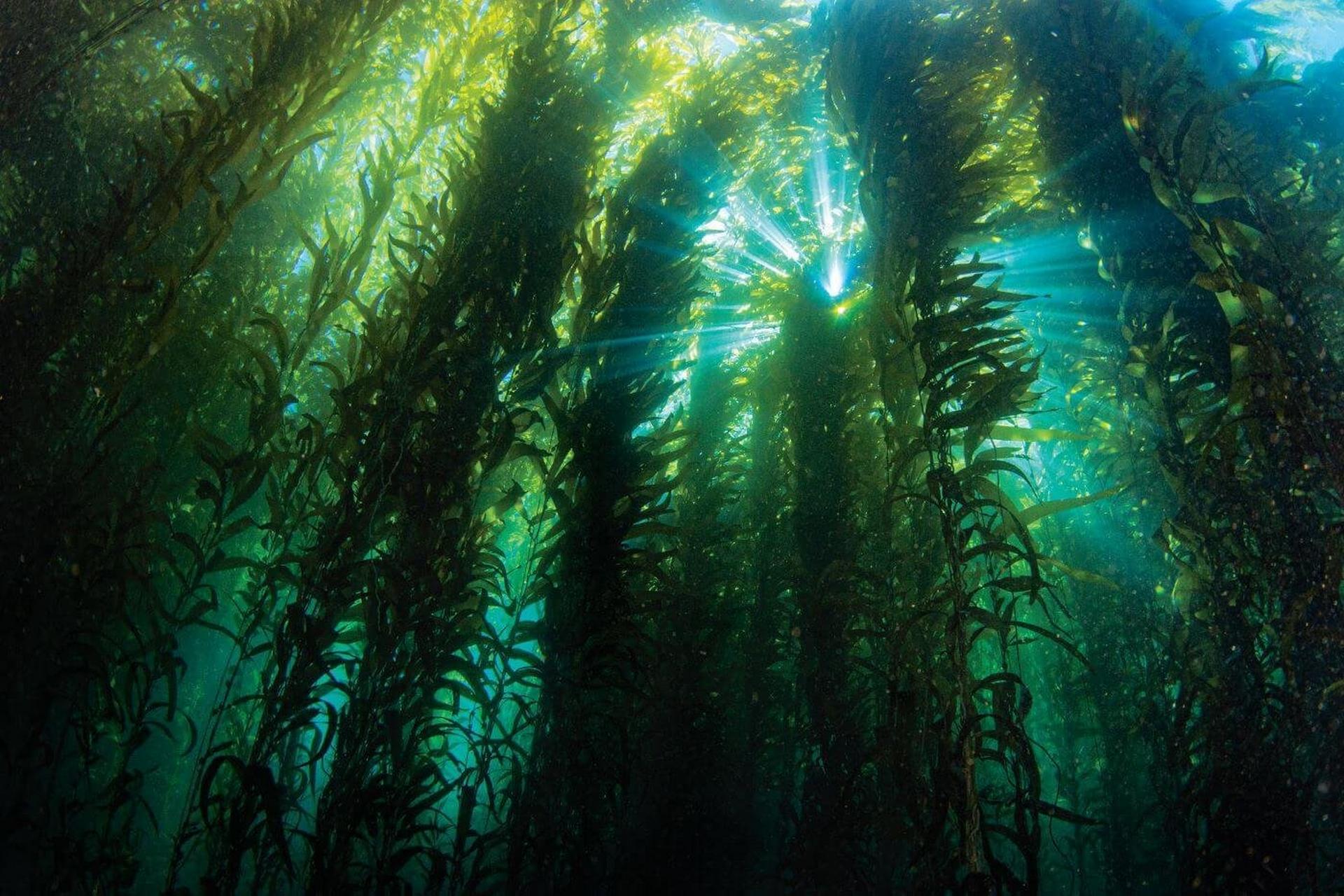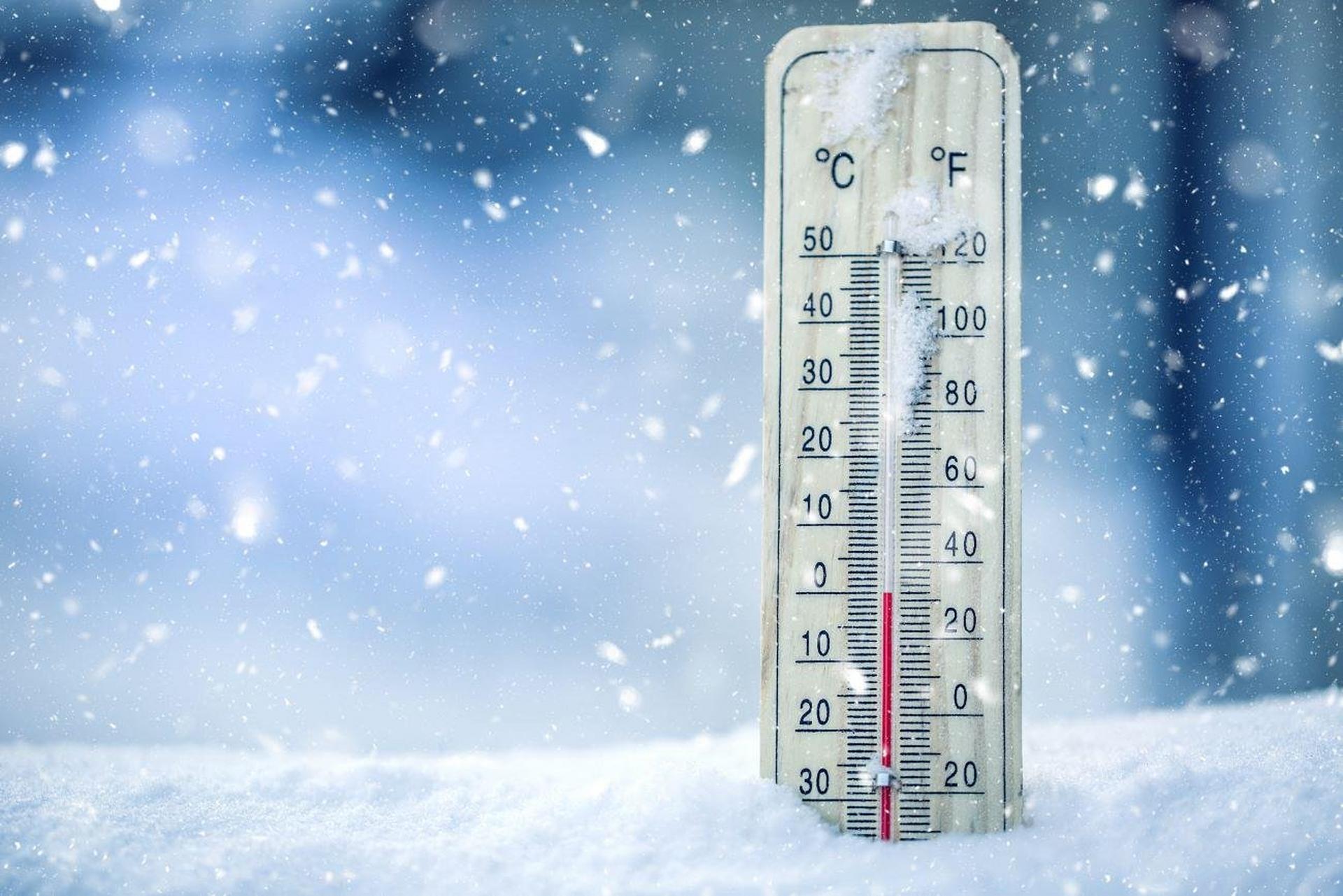- Klimaindsats
Klimaindsats
BioMar er en frontløber hvad angår emissionsreduktion inden for vores branche.
Fish oil from trimmings is a success story in the world of sustainable resources — turning what was once discarded into something both practical and powerful. Derived from the parts of fish not used for human consumption such as heads, skin, bones, tails, and viscera — this by-product is now a valuable ingredient in everything from aquaculture to agriculture, pet food, and even renewable energy.
Trimming sources: Wild caught fish by-products and aquaculture by-products
High energy density: Trimmings oil is highly energy-dense, which makes it a great source of calories for fish, supporting faster growth and better fat deposition in farmed fish, especially in the early stages of life.
In recent years, as aquaculture has grown, it also contributes a significant share of trimmings. Farmed fish such as salmon and trout, when processed for fillets, generate similar by-products that are used to extract oil. This source is increasingly important as wild stocks are regulated and limited. Most trimmings oil is traditionally derived from the by-products of fish processing for human consumption — heads, skin, viscera, and tails from species like cod, herring, and mackerel. Predominantly small, fast-growing, short-lived pelagic species with high oil content and limited value in direct human consumption markets.

Fish intended for direct human consumption is typically processed to enhance convenience and speed for consumers. This process results in valuable by-products accounting for 30-70% of the total fish weight. Fish trimmings oil is a rich source of essential omega-3 fatty acids, particularly EPA and DHA. These nutrients are important for fish health, supporting growth, immune function, reproduction, and overall performance. Aside from omega-3s, the oil can contain vitamins A and D — especially when liver parts are included in the trimmings.

The oil isn’t just made from one type of fish. It can come from various species, such as salmon, mackerel, sardines etc. This type of fish can influence the nutritional profile of the oil, making it a versatile ingredient in fish feed formulations.
Not just for fish: Fish oil from trimmings has found a home in a wide range of industries. The oil can also be used in pet food, poultry feed, and even bio-fuels, showing its versatility as a byproduct. Moreover, some companies are converting fish oils, including those derived from trimmings, into renewable energy sources as an alternative to conventional fossil fuels. Through transesterification, fish trimmings oil can be processed into bio-diesel. Before electricity, fish oils were used in lamps as fuel.
Production of fish trimmings oil is subject to strict regulations in many countries to ensure safety and sustainability. It's produced in large quantities in places like Norway, Peru, and Iceland — wherever fishing is a big industry. Modern production methods include molecular distillation to remove heavy metals and contaminants, making it a super clean raw material. Because of its sensitivity to heat and oxidation, the oil must be handled and stored carefully to protect its nutritional value. But when done right, it stays stable for a long time without going rancid.
Trimmings oil represents a sustainable solution by utilizing these nutrient-rich parts that would otherwise go to waste, helping to meet the global demand for protein and essential fatty acids without increasing pressure on wild fish stocks.
Resultater (62)

BioMar er en frontløber hvad angår emissionsreduktion inden for vores branche.

Fisk og skaldyr er meget tilpasningsdygtige og har brug for omkring 40 essentielle næringsstoffer, som kan komme fra forskellige råmaterialer, herunder marine ingredienser, animalske produkter, korn og nye kilder. Denne tilpasningsevne er afgørende for branchens vækst og vil give mulighed for forskellige foderformuleringer.


En rekordlav FFDR på 0,37 blev rapporteret i dag i BioMar's bæredygtighedsrapport for 2024. Denne milepæl blev nået gennem innovativ brug af alternative ingredienser og afskæringer, som nu udgør 55 % af de samlede marine ingredienser. De stadigt skiftende markedsforhold for råvarer kan dog gøre det udfordrende at opretholde denne position over tid.

I samarbejde med Agronutris udvikler vi den næste generation af mel af sorte soldaterfluer, der er specielt designet til akvakulturindustriens behov.

BioMar’s fabrik i Brande vil fremover i høj grad øge af brugen af mikroalger i deres råvareportefølje.

Efter mange års R&D arbejde betragtes insektmel nu som en lovende ny ingrediens, der er stærkt på vej til at blive accepteret og en bred portefølje af insektmel til akvakultur er på vej ind på markedet.

Fish meal is widely regarded as one of the most efficient and complete protein sources available for aquafeeds. It provides farmed fish with a rich supply of essential amino acids, high-quality proteins, vitamins and minerals, all of which are critical for rapid growth, metabolic health, and immune system function. For many species, particularly in early life stages, fish meal remains an irreplaceable component of nutritionally balanced feed due to its digestibility and nutrient density.

With 30 years of experience in the Finnish market, the energetic team of Oy BioMar AB stands for hands on service with fast deliveries of high-end fish feeds.

As the global demand for sustainable aquaculture practices continues to rise, so does the need for alternatives to traditional fish meal and fish oil. One of the most promising innovations in this space is AlgaPrime, a revolutionary ingredient that provides a sustainable and nutritious source of omega-3 fatty acids, particularly DHA.

Med EFICO Enviro 920 Advance hjælper vi dine fisk med at få fuldt udbytte af vækstpotentialet.

In fish farming, being attentive to oxygen levels and implementing oxygenation are important prerequisites for maintaining economic growth rates.